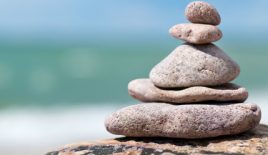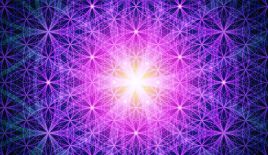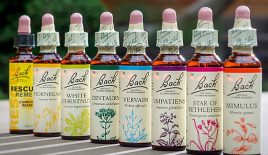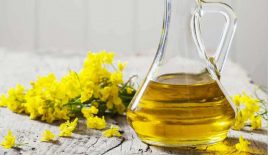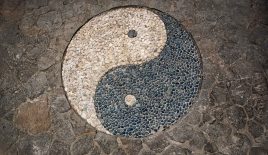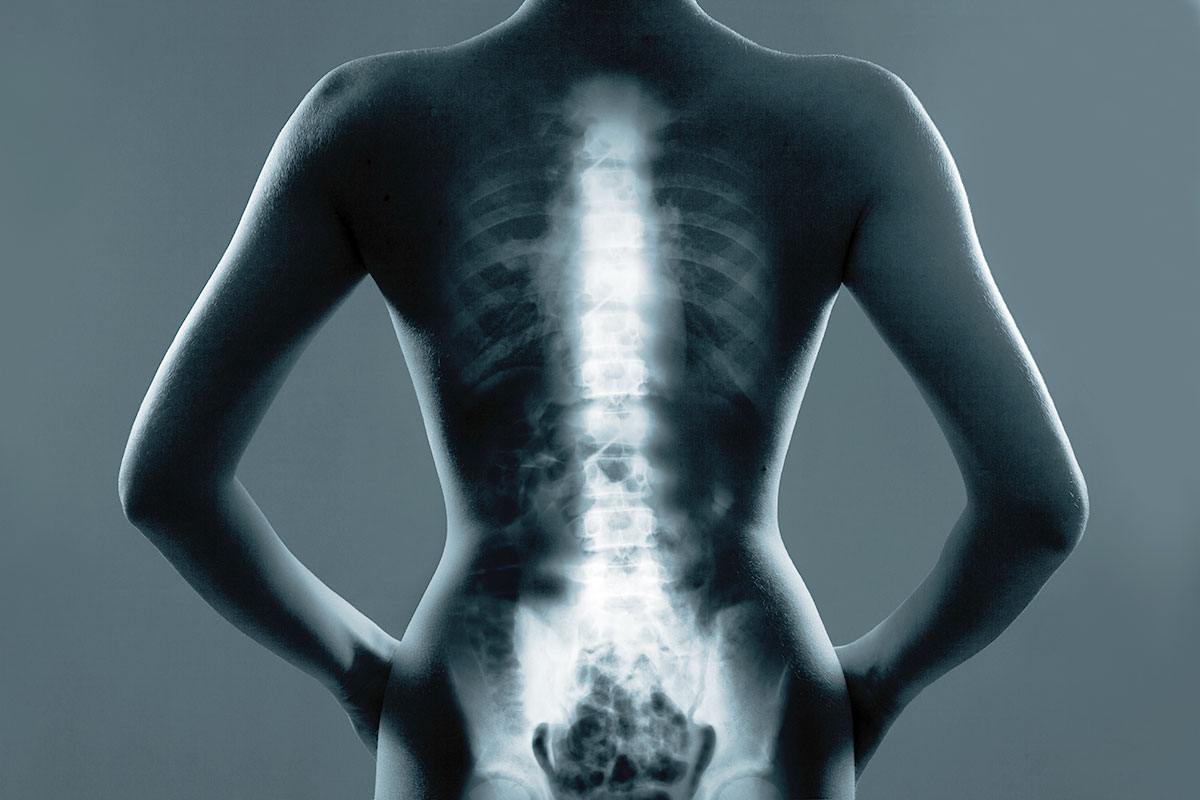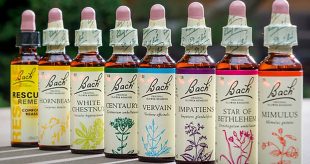10 Incredible Reasons To Start Drinking Matcha Green Tea Today!
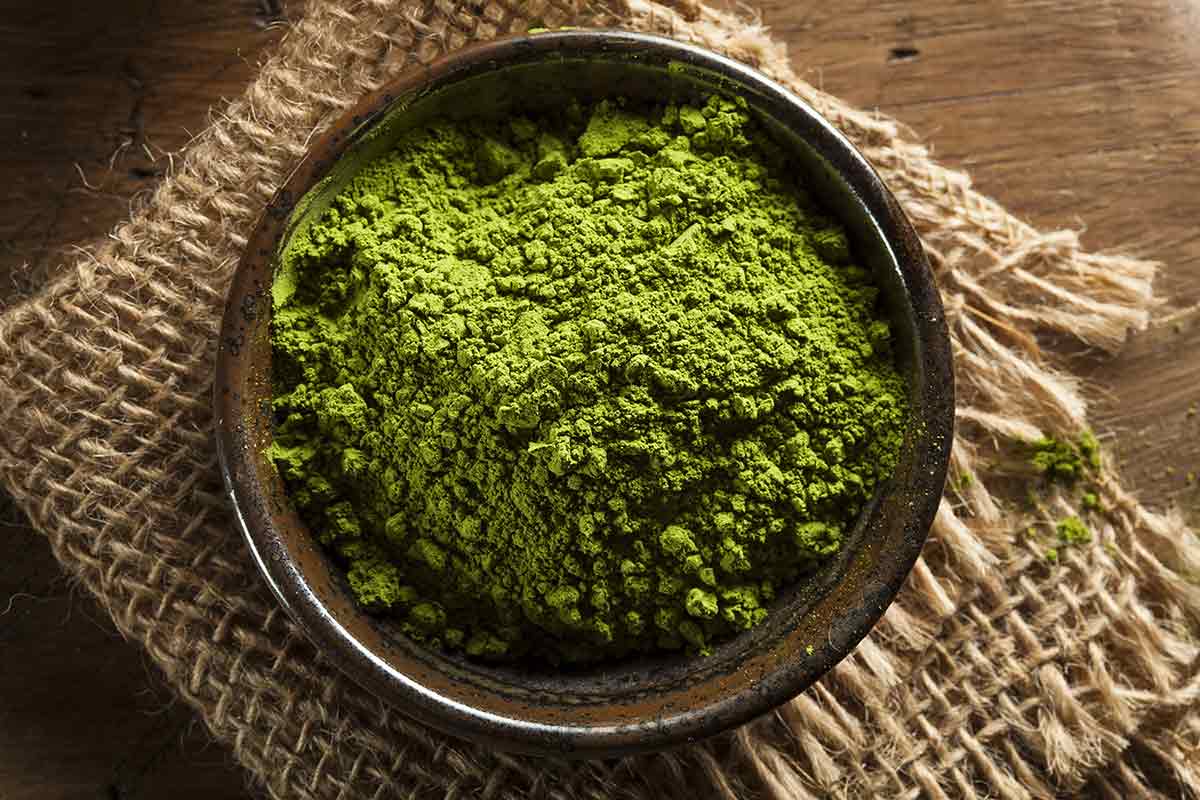
Looking for energy? Forget caffeine from coffee and energy drinks which spike your energy levels temporarily but keep you hooked because the energy doesn’t last. Matcha is the King of Green Teas with a powerful, sustained energy boost, not to mention its antioxidant, cancer-fighting properties!
Green tea continues to be one of the most popular drinks worldwide, particularly in the East, and is considered to be one of the ‘healthiest beverages’ on the planet, packed full of antioxidants and nutrients that have both powerful healing and energising effects on the body. Your body can use these to fight off toxins and germs (bacteria, viruses etc!).
This is my go-to for sustained energy release. The caffeine in Matcha Green Tea is alkalising, rather than acidic – so your body will have a totally different response!
According to Authority Nutrition, here are 10 incredible health benefits of drinking green tea, all confirmed by human research studies:
- Green Tea Contains Bioactive Compounds That Improve Health
- Compounds in Green Tea Can Improve Brain Function
- Green Tea Increases Fat Burning and Improves Physical Performance
- Antioxidants in Green Tea May Lower Your Risk of Various Types of Cancer
- Green Tea May Protect Your Brain in Old Age, Lowering Your Risk of Alzheimer’s and Parkinson’s
- Green Tea Can Kill Bacteria, Which Improves Dental Health and Lowers Your Risk of Infection
- Green Tea May Lower Your Risk of Type II Diabetes
- Green Tea May Reduce Your Risk of Cardiovascular Disease
- Green Tea Can Help You Lose Weight and Lower Your Risk of Becoming Obese
- Green Tea May Decrease Your Risk of Dying and Help You Live Longer
Matcha Green Tea, however, is in a class of its own; the finest young buds are picked, dried and ground in a granite mortar into a very fine, bright green powder. Only the highest quality shade grown Japanese tea leaves are used.
What is Matcha?
Matcha and regular green tea both come from the Camellia sinensis plant, but Matcha is grown differently than regular green tea.
The green tea plants for matcha are shade-grown for about three weeks before harvest, and the stems and veins are removed in processing. During shaded growth, the plant Camellia sinensis produces more theanine and caffeine. The shade stimulates an increase in chlorophyll levels, which turns the leaves into a darker shade of green and increases the production of amino acids. After harvesting, the stems and veins are removed from the leaves. They are then stone-ground into a fine, bright green powder, known as ‘matcha’.
The traditional Chinese and Japanese tea ceremony centers on the preparation, serving, and drinking of matcha as hot tea, embodying a meditative spiritual style. Ceremonial-grade matcha is used, meaning that the matcha powder is good enough to be used for such an auspicious occasion.
Matcha tea is prepared differently than regular green tea. Regular tea is made from soaked leaves, while matcha is made from ground, whole leaves.
It is usually prepared the traditional Japanese way. The tea is measured with a bamboo spoon, called a shashaku, into a heated tea bowl, known as a chawan. Hot water (about 70°C) is then added to the bowl. The tea is whisked with a special bamboo whisk (a “chasen”) until it becomes smooth with froth on top.
Matcha can be prepared in several consistencies:
- Standard: Most people mix 1 teaspoon of matcha powder into a 250 to 300ml cup of hot water.
- ‘Usucha’ (thin): This thinner version uses about half a teaspoon of matcha.
- ‘Koicha’ (thick): This thick version is sometimes part of Japanese tea ceremonies. 2 teaspoons of matcha are used. There is no foam, and a higher grade of matcha is required.
Watch this video to see a quick 1-minute demonstration of how to make matcha:
If you want to try this out, then you can buy both matcha powder and the bamboo tools for making it on Amazon.
However, keep in mind that you don’t actually need all this fancy stuff to make a good cup of matcha. A cup, teaspoon, and small whisk will do just fine!
Matcha often has a ‘grassy’, bitter taste – so it is often made or served with honey and a natural sweetener like vanilla extract. Instead of using hot water, I recommend using Organic Soya milk (non GM) or Coconut Milk to create a creamy Matcha Latte, add the honey and vanilla towards the end, whisk to froth the latte and enjoy!
If you want a great Summer drink, just blend the power with cold, organic Soya Milk! Delicious on ice!
Organic is better!
By consuming matcha powder, you are actually ingesting the whole tea leaf, so only buy high grade organic matcha to reduce the risk of exposure to contaminants in the soil. Clearspring is a popular brand that delivers high grade Matcha.
Why is Matcha better than loose leaf tea?
When you brew a cup of normal green tea the water can only extract a fraction of green teas benefits. The majority actually remains unused, trapped in the tea leaves. In reality, the only way to truly take advantage of green teas full potential is to consume the entire leaf.
In fact, according to matchasource.com, to even begin to match the potency found in a single serving of matcha, you would need to drink at least ten cups of brewed green tea! When it comes to helping you achieve and maintain optimum health, matcha is without equal.

Why is matcha tea considered an anti-oxidant powerhouse?
‘Antioxidants‘ are naturally occurring chemical compounds that prevent the onset of aging and chronic diseases. Nowadays, a variety of fruits and vegetables are lauded for their antioxidant properties but matcha is unparalleled in comparison.
According to the latest research using a testing method known as ORAC (oxygen radical absorbance capacity), experts at Tufts University discovered that matcha possesses an amazing twenty times more so than pomegranates or blueberries. Matchas ORAC rating is a mighty 1573 units per gram, compared to pomegranates 105 units per gram or blueberries 93 units.

Caffeine content and contraindications
A word of caution, however, before you start drinking too many cups per day. In nutrition, more is not always better!
Since Match packs a powerful punch, many sources recommended not drinking more than 1 or 2 cups of matcha per day. However, I would say you only 2 or 3 cups a week to reap the benefit of this amazing drink.
Caffeine Informer indicates there is approximately 70mg of caffeine (rated ‘moderate’) per 8 fl. oz or 236ml in matcha, based on using a full teaspoon (2g). When you compare that to Costa Coffee’s 277ml of caffeine per 450ml cup of coffee (rated ‘extreme’), it’s not that much. Typically half or a quarter teaspoon is used when making matcha green tea, so the caffeine will be 35mg per cup, or even less (17.5mg).
What if you’re pregnant?
Some sources say a pregnant woman should not consume any more than about 300mg of caffeine daily. Others recommend keeping that intake down to around 200mg.
But is all caffeine equal?
There are two unusual reasons though why the caffeine in Matcha green tea provides a much more balanced and even relaxing energy than the jittery rush of a cup of coffee.
The first is the high levels of catechins found in the powdered leaves of the young green tea plant. These extremely healthy antioxidants tend to bind with the caffeine molecule in Matcha powder and slow down its release into your bloodstream. This leads to a much gentler and more sustained release of caffeine that is far less likely to raise cortisol levels too high and lead to body tension or anxiety.
The second is a unique amino acid called L-Theanine which works in synergy with the caffeine – this amino acid increases brain function and helps the body distribute and absorb matcha’s “alkaline” caffeine.
Although Matcha caffeine is different to that found in coffee, it would still be still wise to limit your Matcha latte consumption, and all other sources of caffeine for that matter, while you are pregnant, or breastfeeding. To be safe, in with your licensed healthcare practitioner/doctor/GP first before making dietary changes. Green tea is contraindicated in pregnant women and women who are breast-feeding.
Sources:
https://en.wikipedia.org/wiki/Matcha
https://authoritynutrition.com/top-10-evidence-based-health-benefits-of-green-tea/
http://matchasource.com/health-benefits-of-matcha-tea/
http://www.gotmatcha.com/matcha-and-pregnancy/
http://www.webmd.com/food-recipes/tc/antioxidants-topic-overview
Enjoyed this article and want to know more? Here are some easy steps you can take right now…
- Book a life changing “remote healing session” with Soul Guidance with Jaime: https://www.energytherapy.biz/energy-healing-with-jaime-tanna/
- Join Jaime’s fantastic 1 year Energy Coaching Program: Total Frequency Shift — Discover Radiant Health & Freedom
- Sign up for Jaime’s exciting new substack at https://energytherapy.substack.com/https://energytherapy.substack.com/


